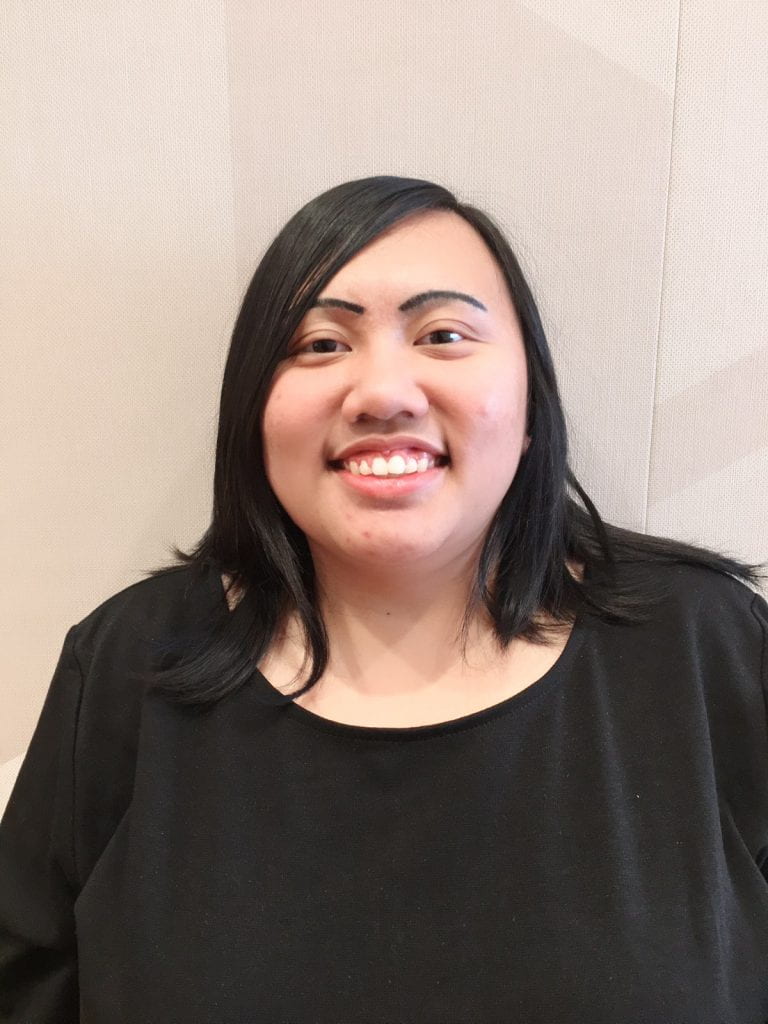
Professor & Principal Investigator
Pharmaceutics and Pharmaceutical Chemistry
Phelps.32@osu.edu
Professional Interests
Mitch Phelps’ group is involved in both pre-clinical and clinical development of numerous small molecule anti-cancer and immuno-modulatory agents under development here at OSU. Their work aims to understand the mechanisms involved in the absorption, distribution, metabolism, and excretion (i.e. pharmacokinetics, PK) of these agents, and how both the PK and pharmacodynamic (PD) effects of these agents are altered by genetic differences (polymorphisms) among individuals (i.e. pharmacogenetics, PG).
Education
2005, PhD, The Ohio State University, Biophysics
1999, MLHR, The Ohio State University, Labor and Human Resources
1992, BA, Ohio Wesleyan University, Physics
Honors
Outstanding Graduate Student Award, 2005
Predoctoral Fellowship, 2004
Predoctoral Fellowship, 2003 – 2004
Ray Travel Award, 2003
Hazel Brown Teaching Award, 2001









